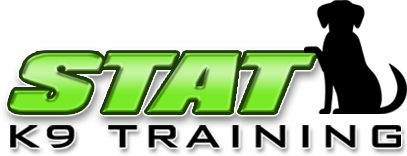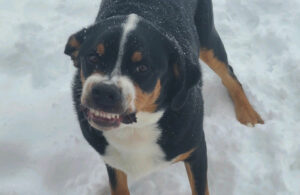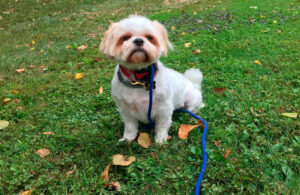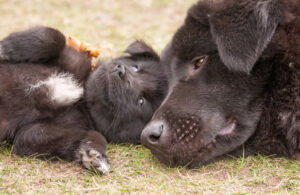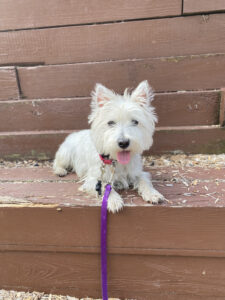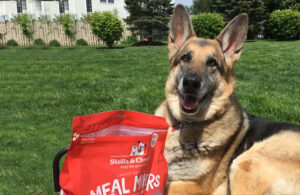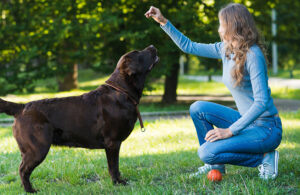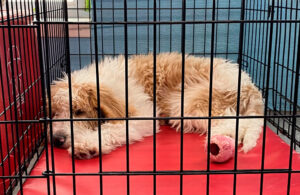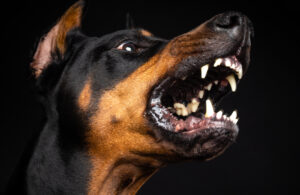The relationship component cannot be avoided and you need to examine where you are as a unit in order to move to a better space.
Sending your dog away for rehabilitation is an exercise for both of you. Your dog is working hard to learn new skills that will help him process the world around him in a better way, so it makes perfect sense that this is also your time to re-evaluate where you have contributed to his issues.
I give my clients homework throughout the board and train process so they can prepare for when the dog comes home. It’s important to follow through with the instructions for a minimum of 30 days, much like when a person enters a substance abuse program and they continue the rehab at home by going to meetings and following the 12 steps, or something similar. The same goes for your dog and you.
Some of the things you will do on a regular basis include putting on the Ecollar first thing in the morning and leaving it on the entire time you are with your dog, and using the prong collar for walks, outings to the vet and groomer, and other places, practicing place/duration work daily, and crating your dog when you’re not home.
As for the things to avoid, don’t allow couch time, lap time or time in bed snuggling, at least for 30 days. The rationale behind this is to convey to your dog that the rules of the house have changed. It doesn’t mean your dog is a robot and it doesn’t mean you can’t invite you dog up for some pets at some point, just not before 30 days. If you are looking for long lasting results, look no further than the instructions that I send home and follow them as closely to the letter as humanely possible for at least 30 days.
One last thing: If the instructions are hard for you to follow, ask yourself why. It’s most likely because you have a very close bond to your dog, but it may not be a healthy one. Be honest with yourself and remember that you are a huge influence, good or bad, on your dog’s success going forward.
It is always in the things that we don’t like to do where the most growth occurs, so do your best to resist the things that are detrimental to your dog’s rehab and embrace your newfound life with your dog.
